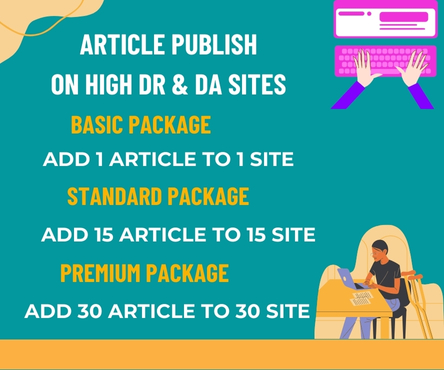Organ transplantation is a complex and highly specialized field of medicine that requires meticulous planning, coordination, and execution. With thousands of patients waiting for life-saving transplants, the demand for effective management systems has never been more pressing. This is where transplant patient management system (TPMS) come into play, revolutionizing the way transplant centers manage patient care and organ allocation.
A TPMS is a sophisticated software solution designed to streamline the entire transplant process, from patient registration to post-transplant follow-up. By leveraging advanced technology and data analytics, TPMS enables healthcare providers to optimize patient outcomes, reduce wait times, and improve the overall efficiency of transplant programs.
Key Benefits of TPMS
- Enhanced Patient Care: TPMS allows healthcare providers to track patient information, medical history, and treatment plans in real-time, ensuring that patients receive personalized care and timely interventions.
- Improved Organ Allocation: By analyzing patient data and matching it with available organs, TPMS can significantly reduce wait times and increase the chances of successful transplants.
- Streamlined Communication: TPMS facilitates seamless communication between transplant teams, patients, and other stakeholders, reducing errors and miscommunications that can have serious consequences.
- Data-Driven Insights: By analyzing large datasets, TPMS can provide valuable insights into transplant outcomes, patient demographics, and program performance, enabling data-driven decision-making.
- Regulatory Compliance: TPMS helps transplant centers comply with regulatory requirements and standards, reducing the risk of non-compliance and associated penalties.
Features of an Effective TPMS
- Patient Registration and Tracking: A comprehensive patient registry that captures demographic information, medical history, and treatment plans.
- Organ Matching and Allocation: Advanced algorithms that match patient needs with available organs, taking into account factors such as blood type, tissue type, and medical urgency.
- Real-Time Monitoring: Real-time tracking of patient status, organ availability, and transplant schedules.
- Communication Tools: Secure messaging and notification systems that facilitate communication between transplant teams, patients, and other stakeholders.
- Data Analytics and Reporting: Advanced analytics and reporting capabilities that provide insights into transplant outcomes, patient demographics, and program performance.
Implementation Challenges and Solutions
While implementing a TPMS can be a complex and challenging process, several strategies can help ensure success:
- Collaboration and Stakeholder Engagement: Engage transplant teams, administrators, and other stakeholders in the implementation process to ensure that the system meets their needs and expectations.
- Training and Support: Provide comprehensive training and ongoing support to ensure that users are comfortable with the system and can maximize its benefits.
- Data Integration and Interoperability: Ensure that the TPMS can integrate with existing electronic health records (EHRs) and other healthcare systems to minimize data duplication and errors.
- Cybersecurity and Data Protection: Implement robust cybersecurity measures to protect sensitive patient data and ensure compliance with regulatory requirements.
Conclusion
In conclusion, a well-designed Transplant Patient Management System is essential for modern transplant programs, enabling healthcare providers to deliver high-quality patient care, optimize organ allocation, and improve transplant outcomes. By understanding the benefits, features, and implementation challenges of TPMS, transplant centers can harness the power of technology to save lives and improve the quality of life for thousands of patients waiting for transplants.

